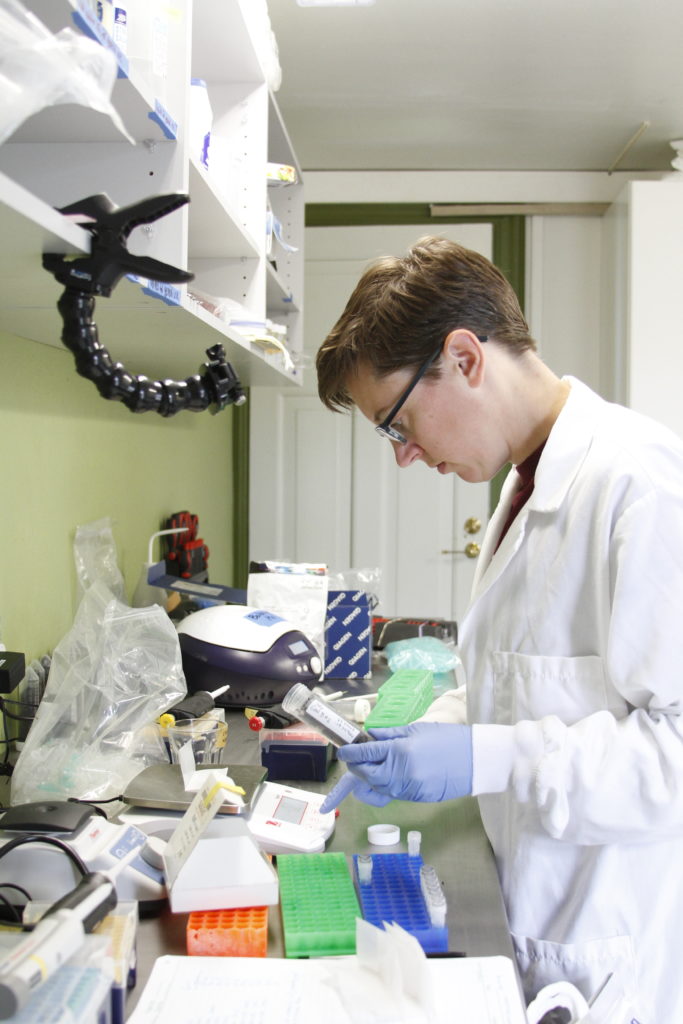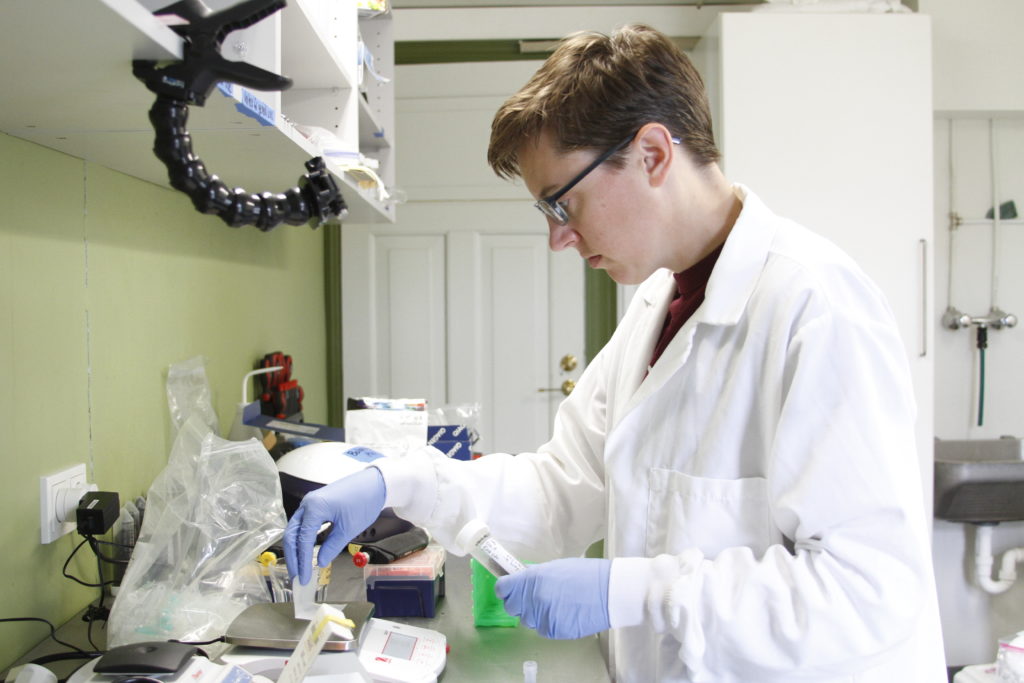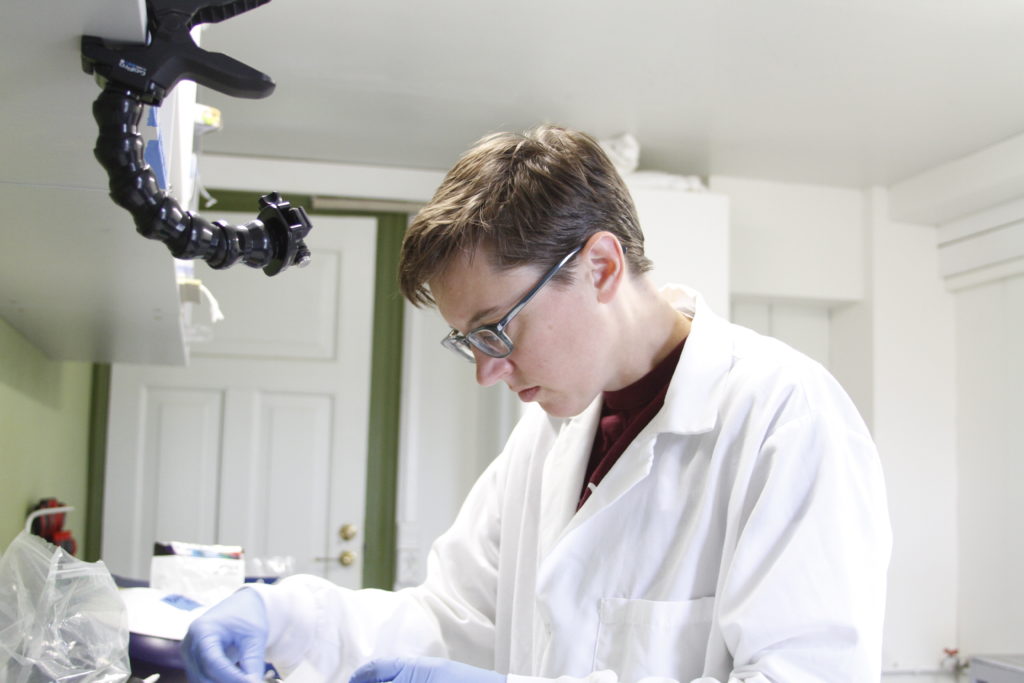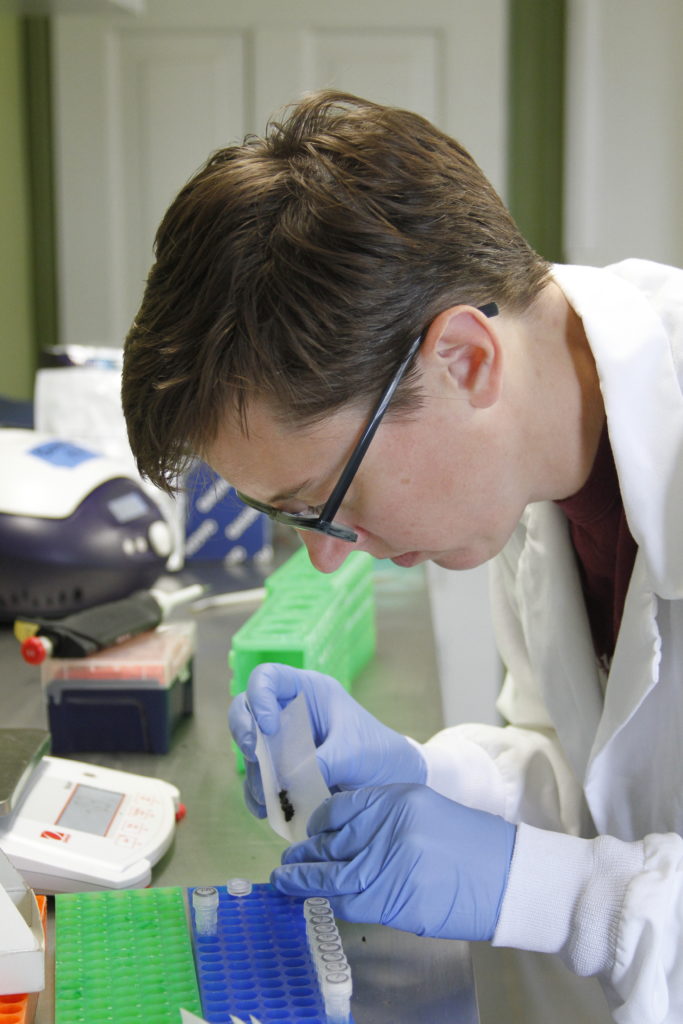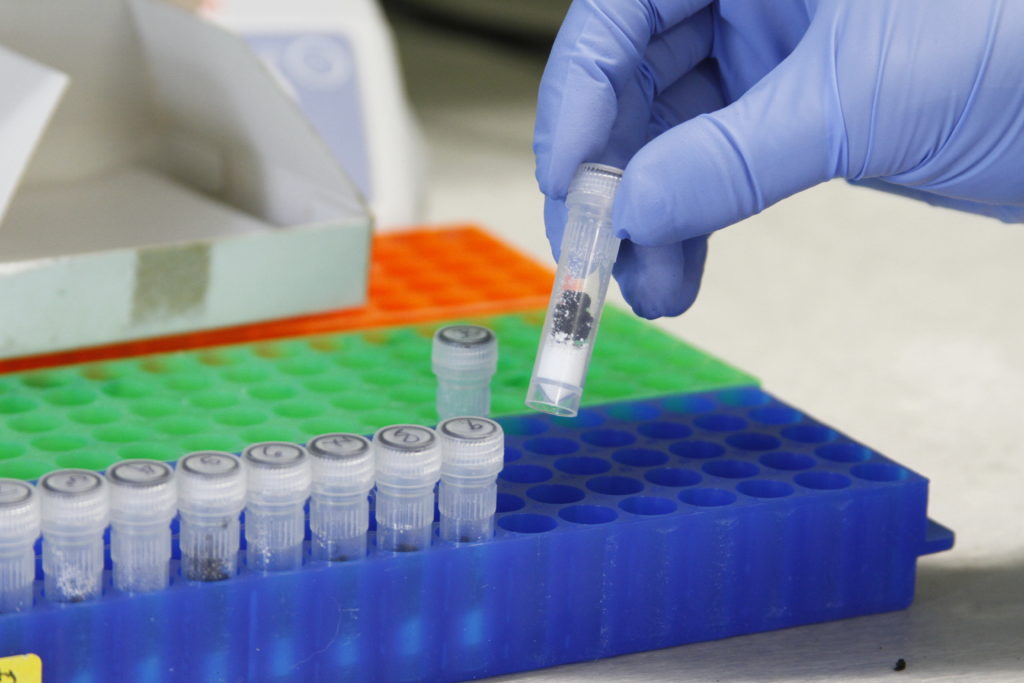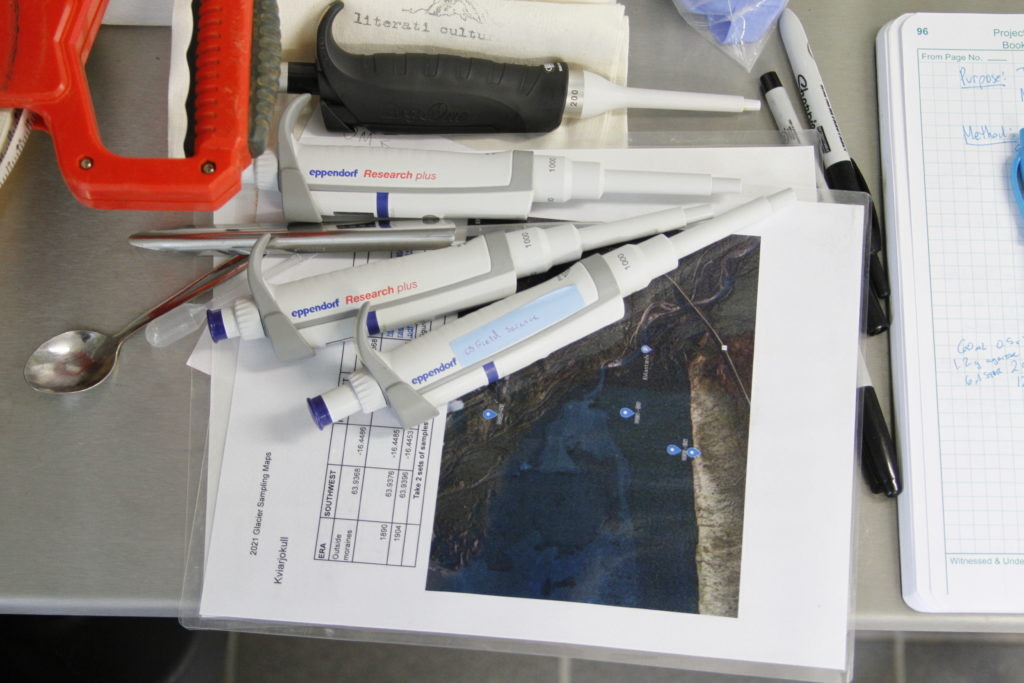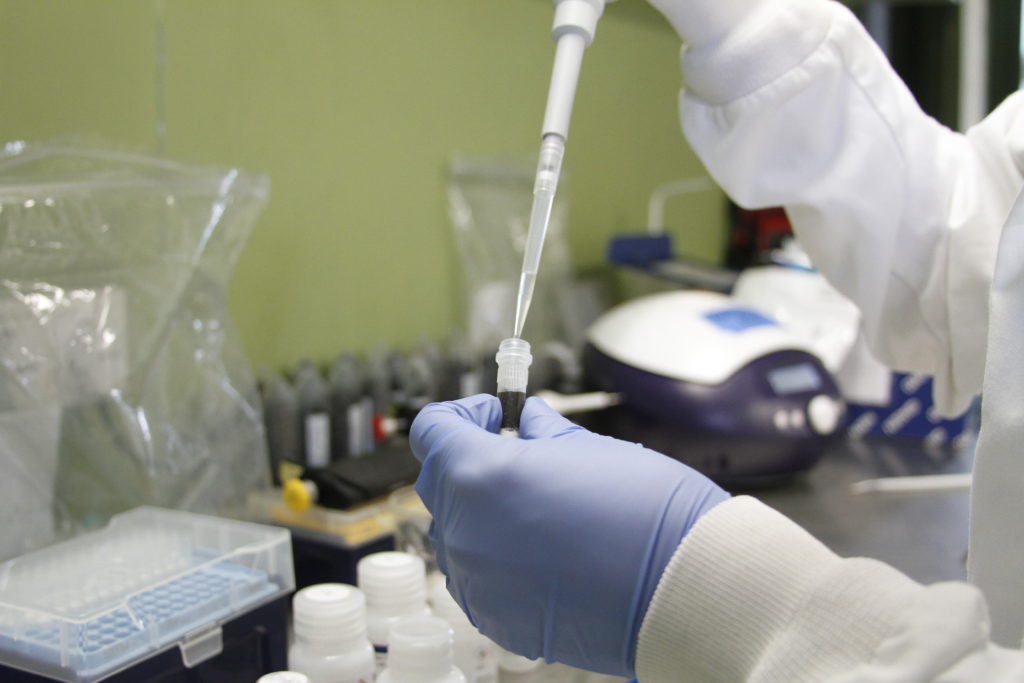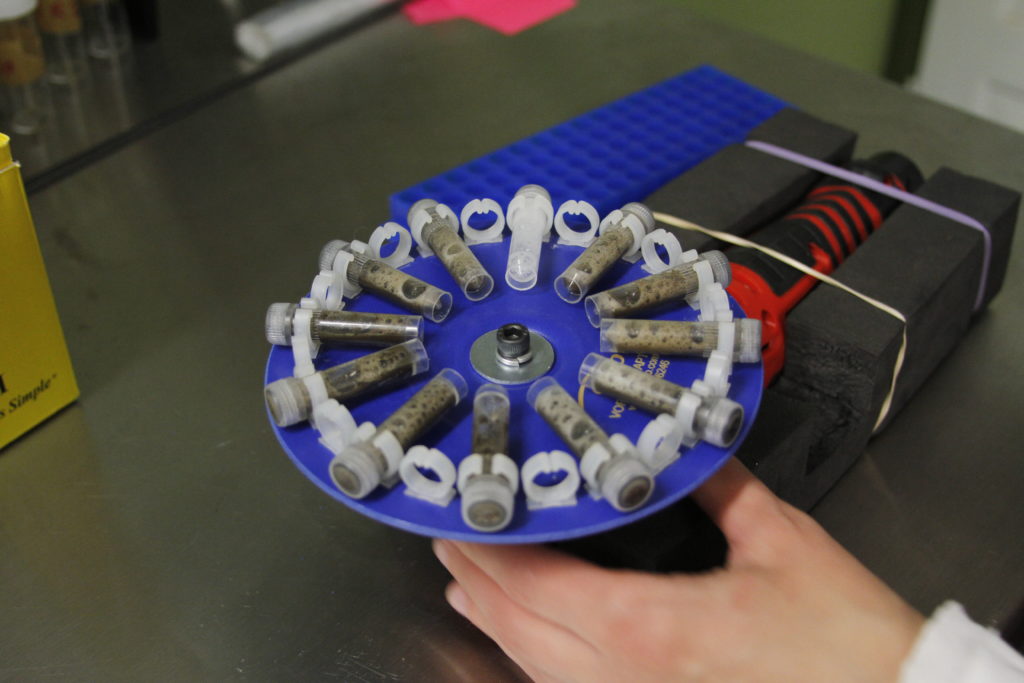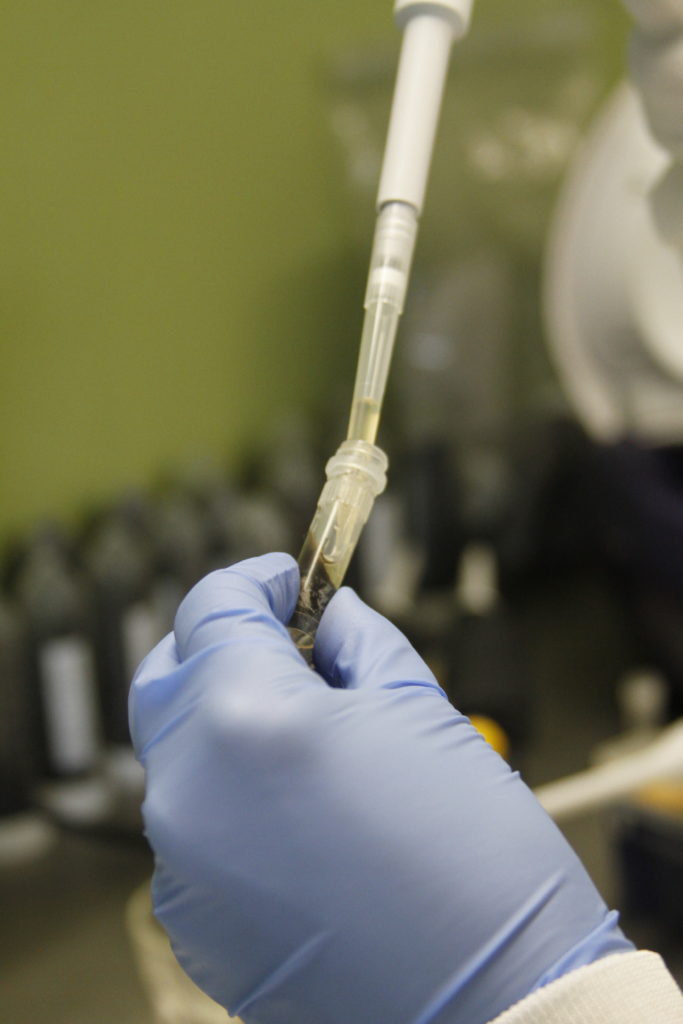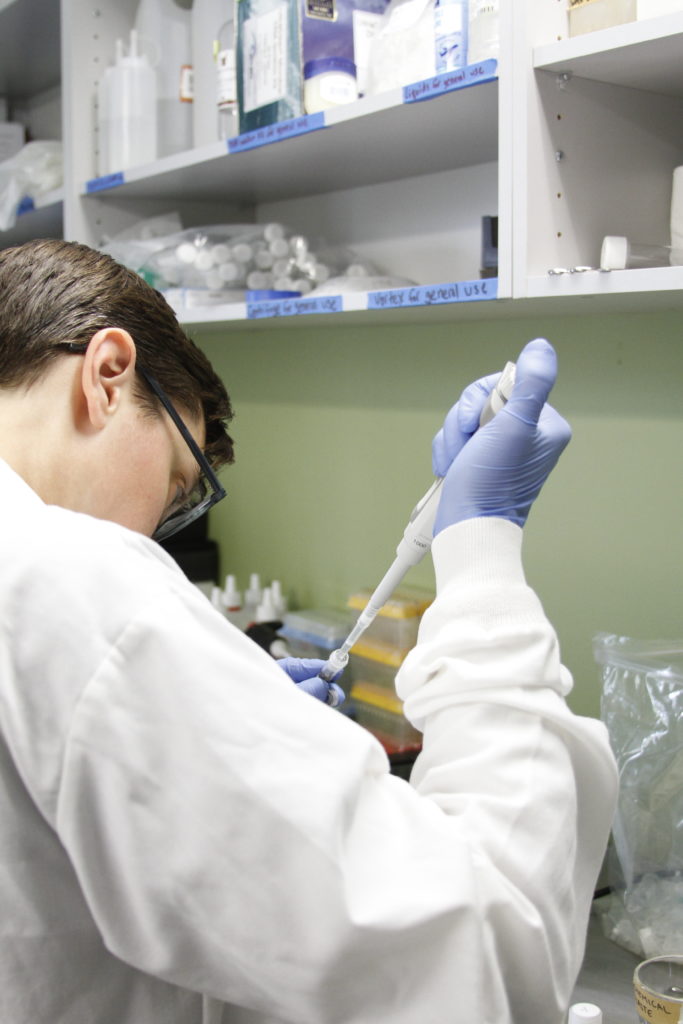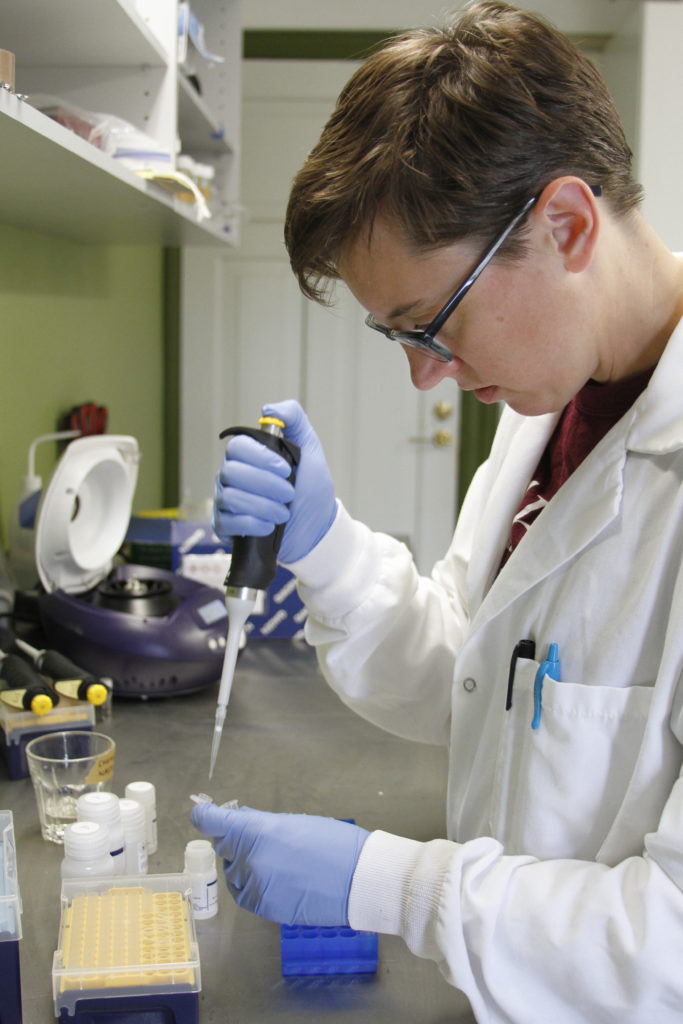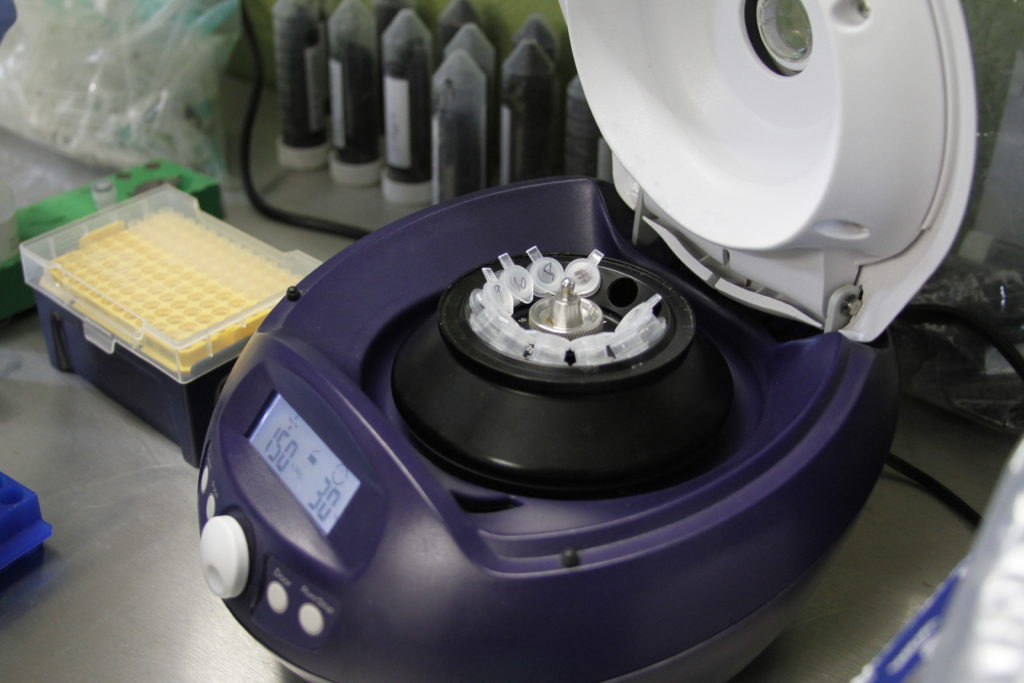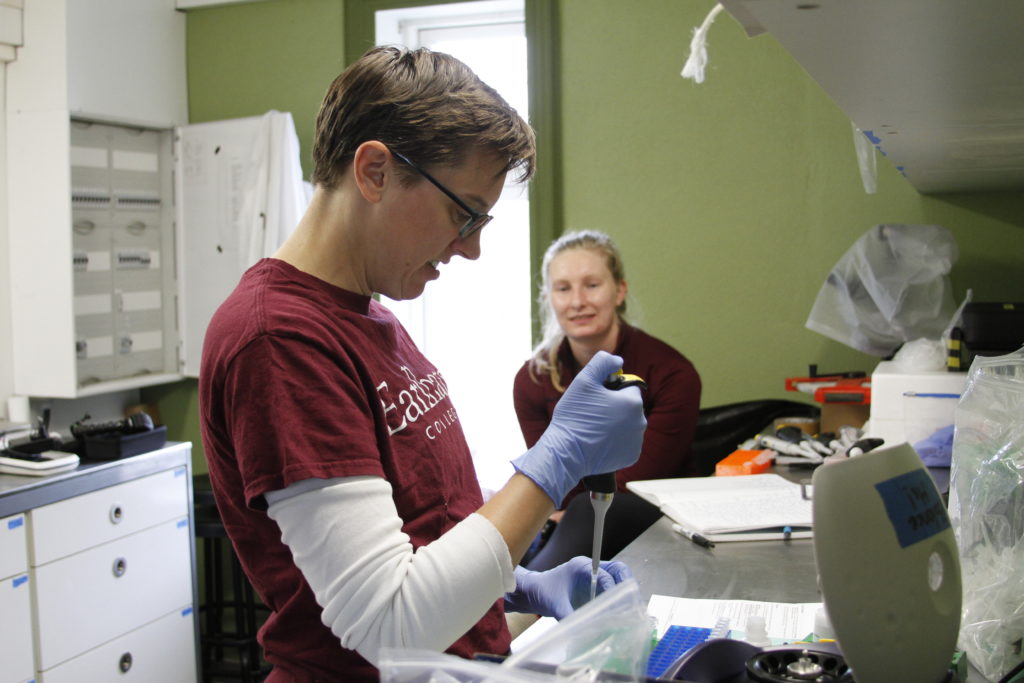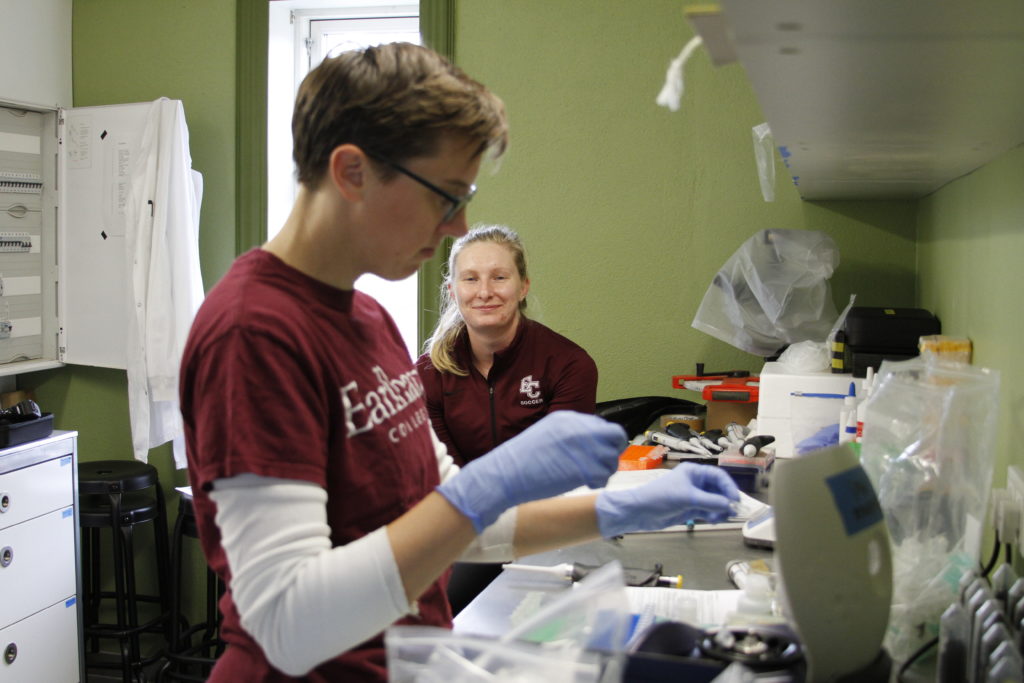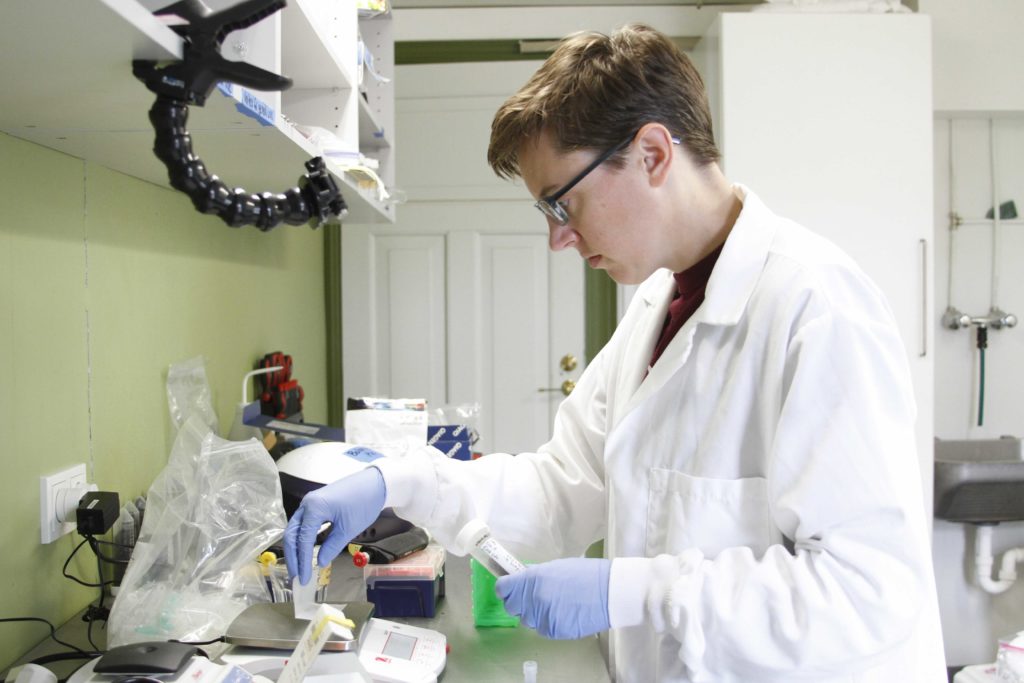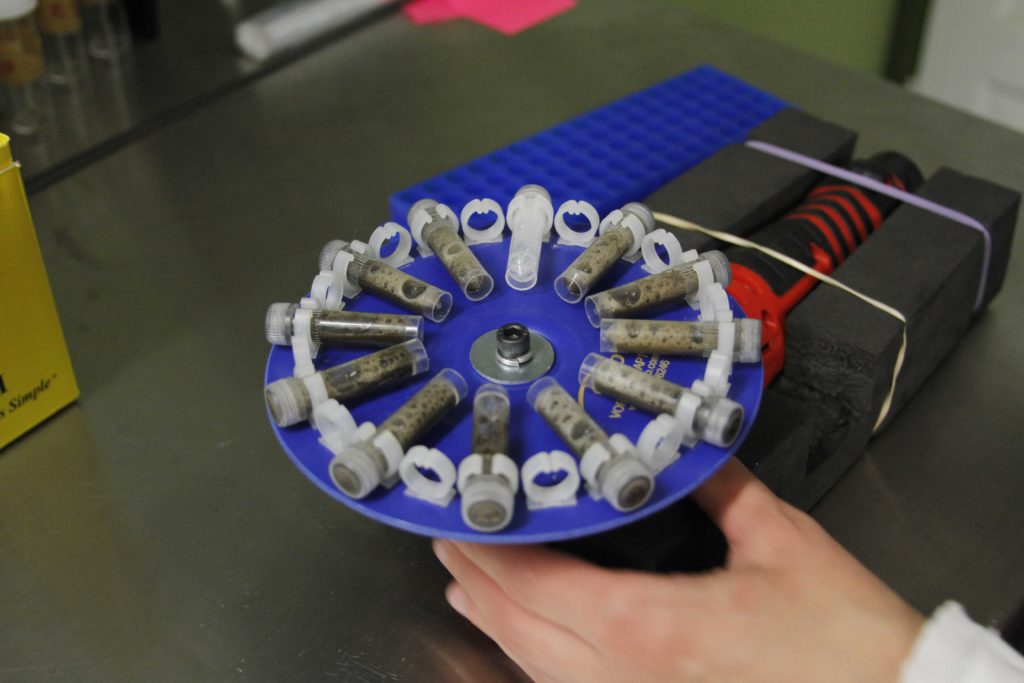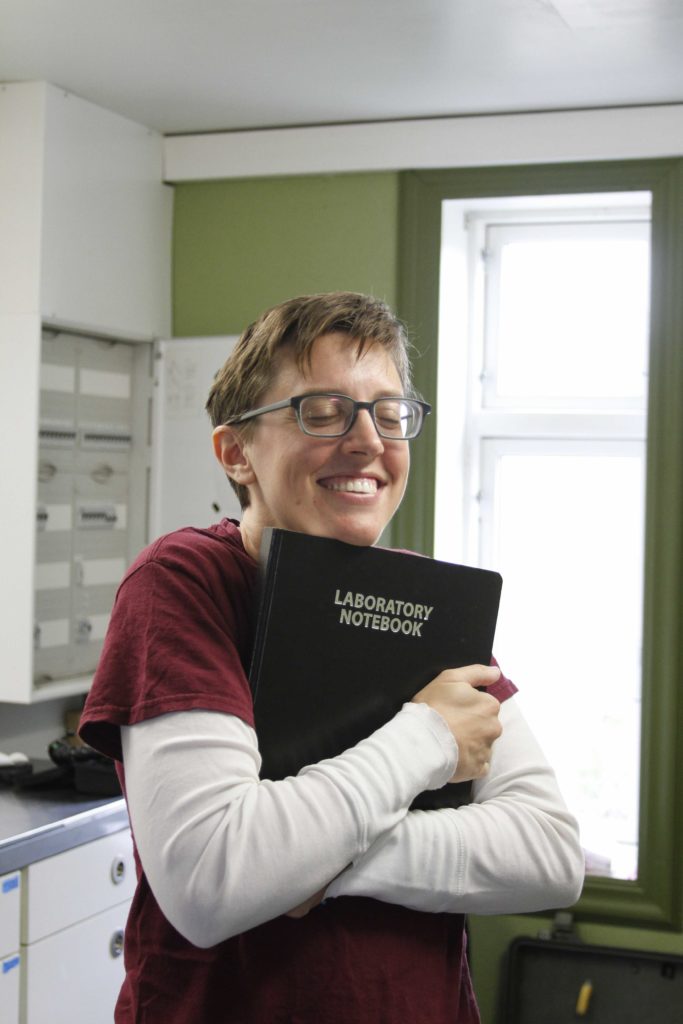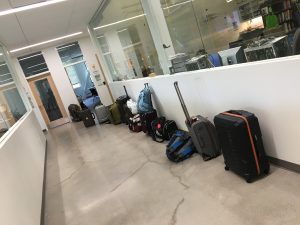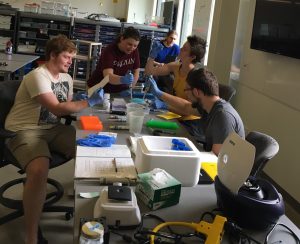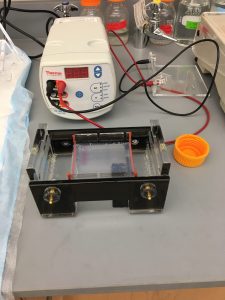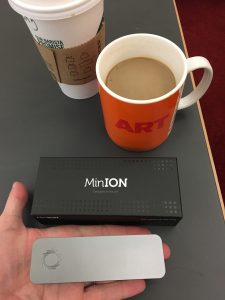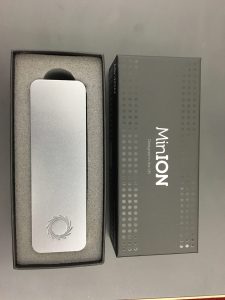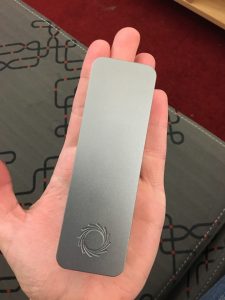Sing it with us now … (https://www.youtube.com/watch?v=NrI-UBIB8Jk)
Ooga-chaka Ooga-Ooga
Ooga-chaka Ooga-Ooga
Ooga-chaka Ooga-Ooga
Ooga-chaka Ooga-Ooga
I can’t stop this feeling
Deep inside of me
Iceland, you just don’t realize
What you do to me
So much day-light
There is never night
Hiked a glacier
Everything’s all right
I’m hooked on a feeling
I’m high on believing
The beauty of this place
Terns aren’t sweet as candy
They dive-bomb all the time
Chicks got weighed and measured
Getting pooped on is just fine
We got bugs on stickers
But we don’t need no cure
Just keep flying Kia
We’ll get data for sure
Let’s play Euchre
Or some Carcassonne
Oh-oh, Iceland
Yeah, you turn me on
I’m hooked on a feeling
I’m high on believing
The beauty of this place
Did some camping
Spent some time alone
Oh-oh, Iceland
Yeah, you turn me on
I’m hooked on a feeling
I’m high on believing
The beauty of this place
I’m hooked on a feeling
And I’m high on believin’
The beauty of this place
I said I’m hooked on a feeling
And I’m high on believin’
The beauty of this place

Icelandic Field Studies 2018 is officially in the books. It was a great trip. It’s hard to believe we have been in country for 3 full weeks – things have gone by so fast. There were many firsts on this trip – it was the first trip to collect soil for aDNA extraction from an archaeological dig. The first measurement of tern eggs and hatchling weight in lupine vs. non-lupine environments. The first Earlham study of insect populations in lupine vs. non-lupine environments. The first structure-for-motion attempts from our drones. The first camping trips into the Skálanes hills. The first hikes in the Klauster hills. The first viewing of Iceland in the World Cup!
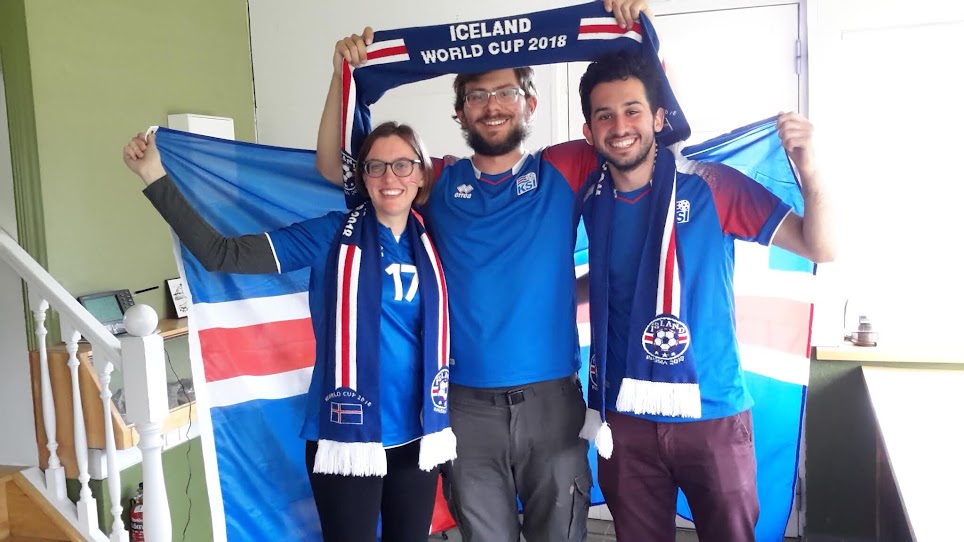
We had lots of similarities from previous years. We toured the Golden Circle to see historical and natural sites of interest. We hiked the volcanoes on Heimaey to test our elevation platforms. We spent quality time at Sólheimajökull, using our elevation platforms and drone to approximate the volume of its nose, as well as collecting soil for bacterial DNA extraction and measurement. We enjoyed our stay at Skálanes – what a beautiful and soul-filling place. We played many a game of Euchre, Carcassonne and Settlers of Catan.

To everyone following along on this blog, thanks. We’ve had a really great time. We got to know each other better, and at one point or another we all had “Hooked on a Feeling” stuck in our heads (thanks, Dre!). We hope we’ve been able to share some of this experience with you – though you can’t fully experience Iceland without being here. The stark beauty and power of the landscape has a unique pull on the soul. If you are able to visit, please do so – and get off the beaten path for a day or two. Give yourself the gift of Icelandic solitude.

Signing off till next year,
Emi Smith (and the whole IFS crew)




